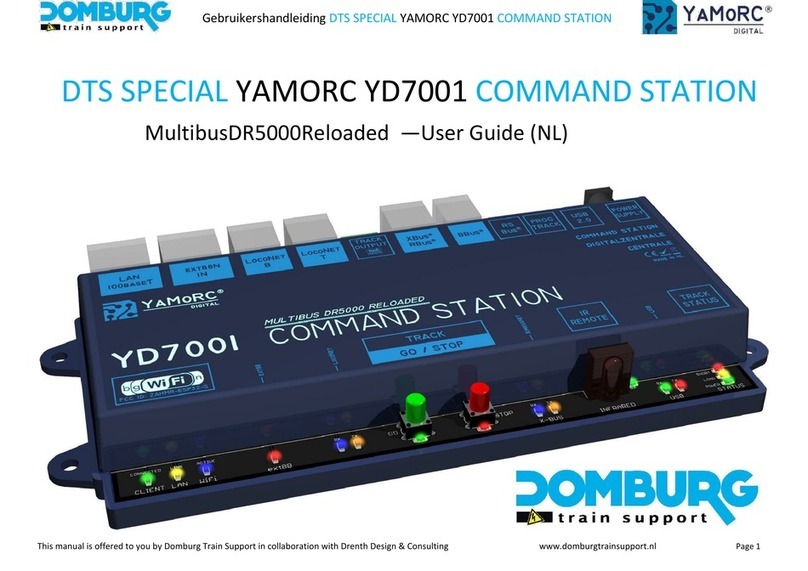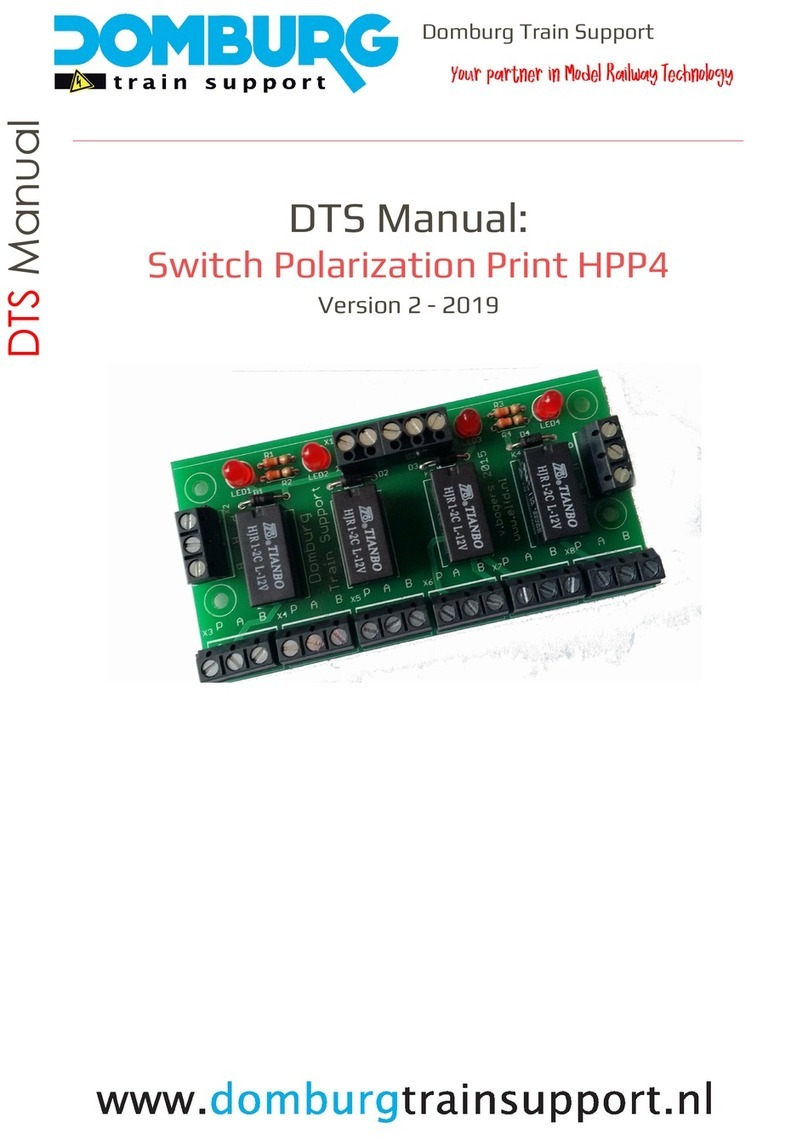
KeerPlus3 manual │ version 3 - 2022
Content
Introduction ..........................................................................................................................................................3
The workings of the
KeerPlus3
..............................................................................................................................4
The functionality of the KeerPlus3....................................................................................................................4
Turning loop requirements ...............................................................................................................................
5
Assembly...............................................................................................................................................................5
Overview KeerPlus3..............................................................................................................................................6
Connecting the KeerPlus3.....................................................................................................................................7
Supply voltage ...................................................................................................................................................7
DCC Signal .........................................................................................................................................................
7
The Loop............................................................................................................................................................8
Switching outputs..............................................................................................................................................9
Occupancy report............................................................................................................................................10
Frequently asked questions................................................................................................................................11
I connected everything, when the train enters the reversing loop I get instant closure ...............................11
The train gives a short circuit when it enters section 3 from section 2. (Or from S2 to S1)...........................11
I get no busy signal on the busy signal module...............................................................................................11
It gives a busy signal on S1 while the locomotive is running in S3..................................................................
11
Very occasionally I get a closure when it enters one of the sections .............................................................11
Afterword............................................................................................................................................................11






























